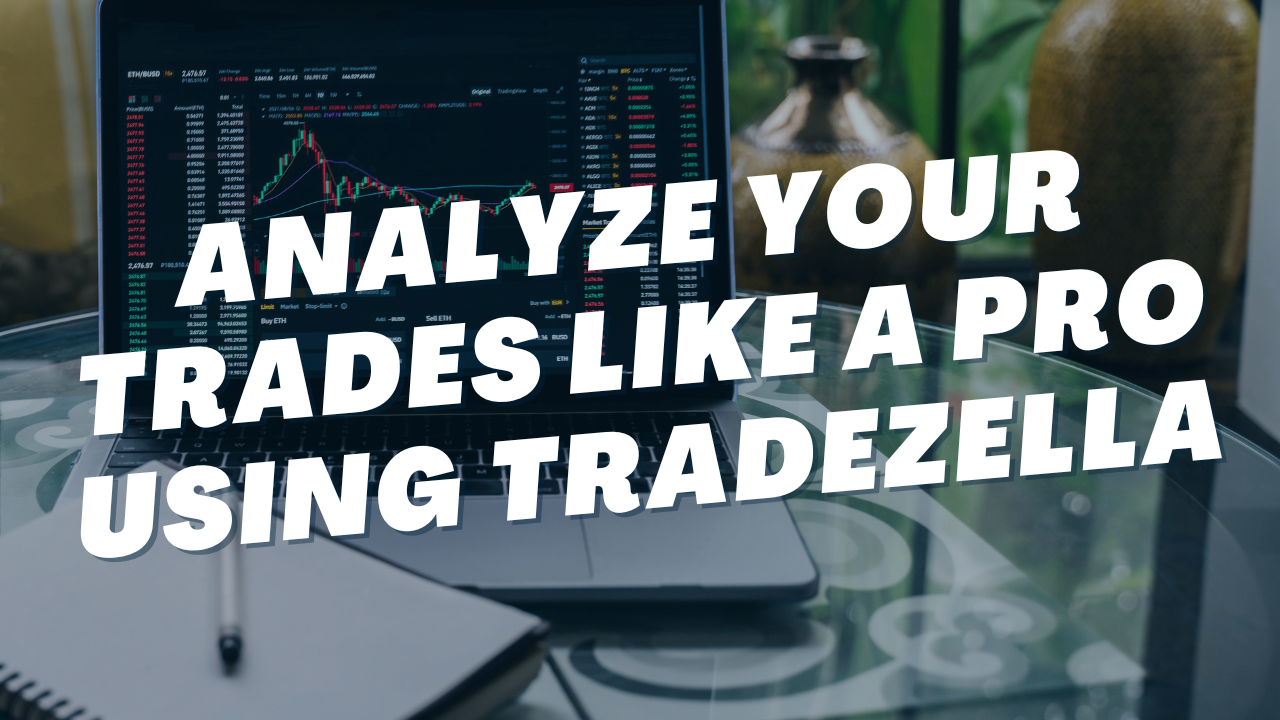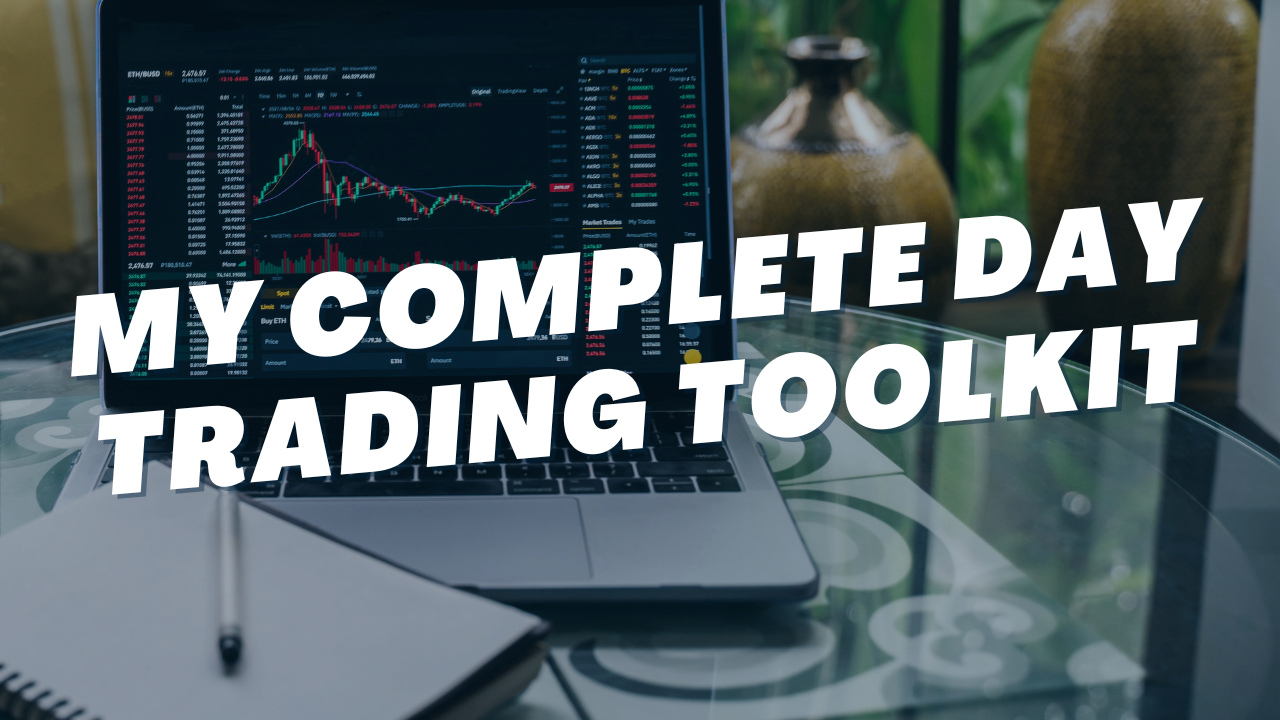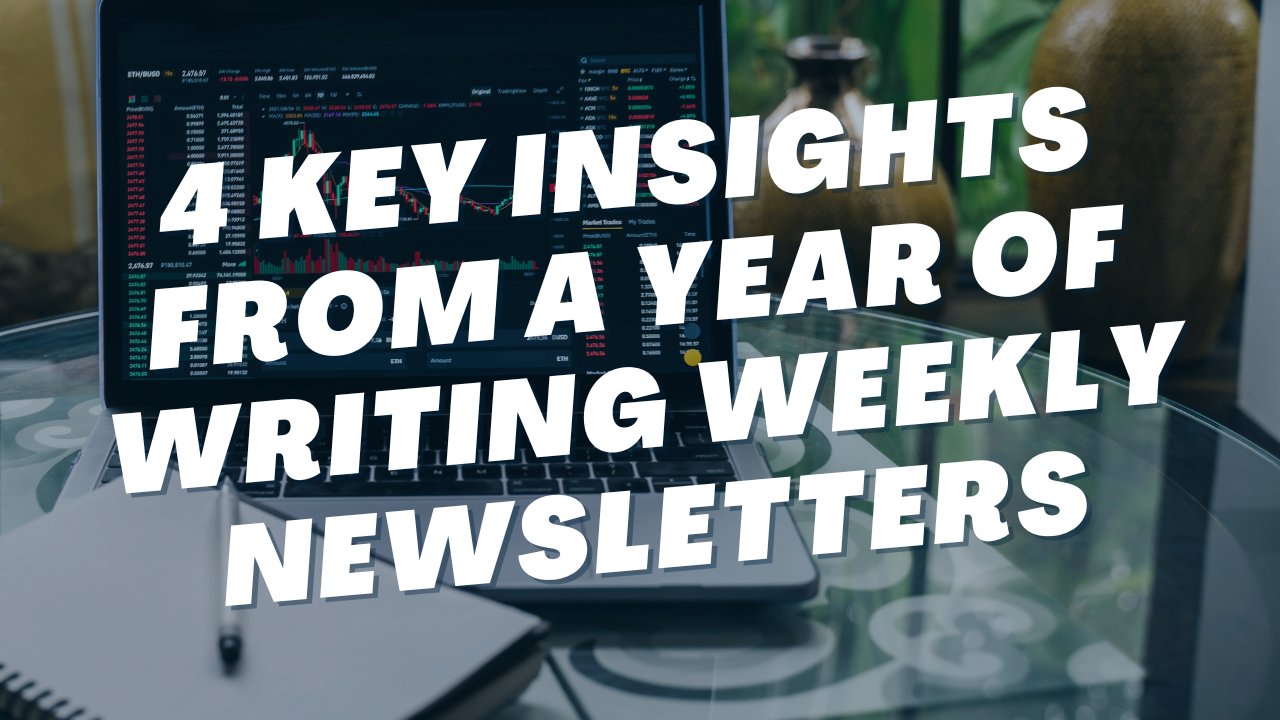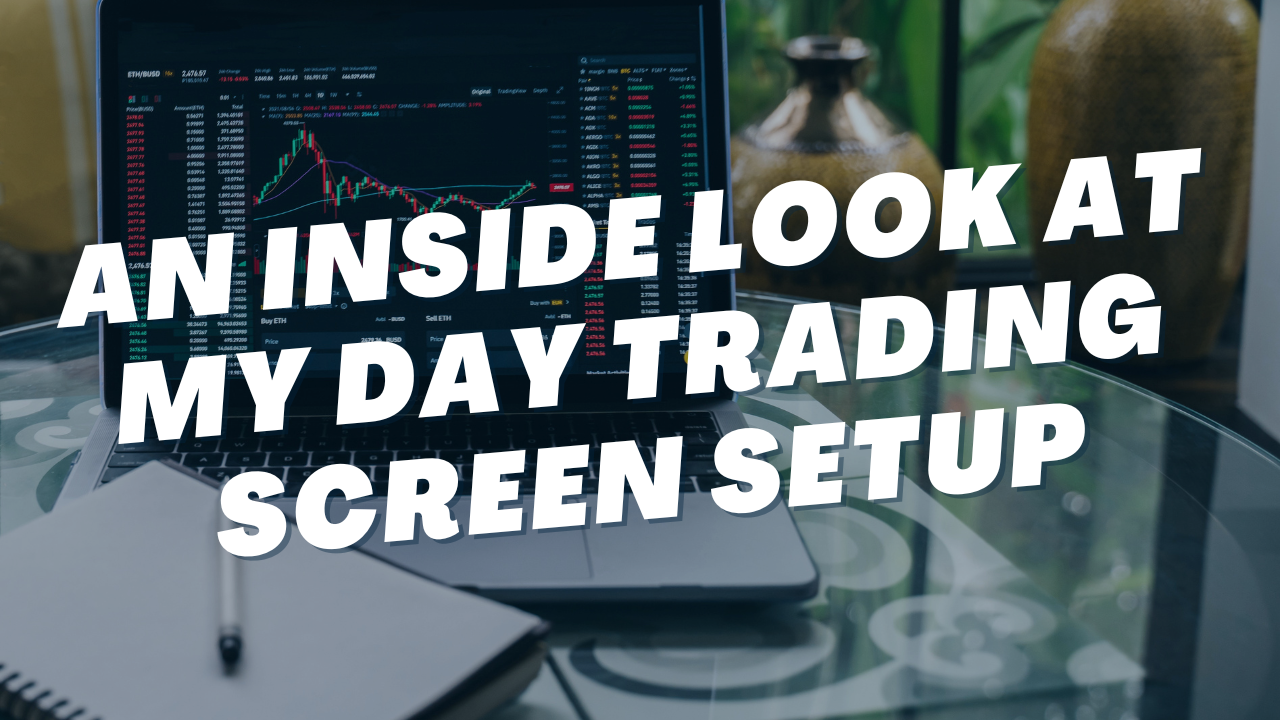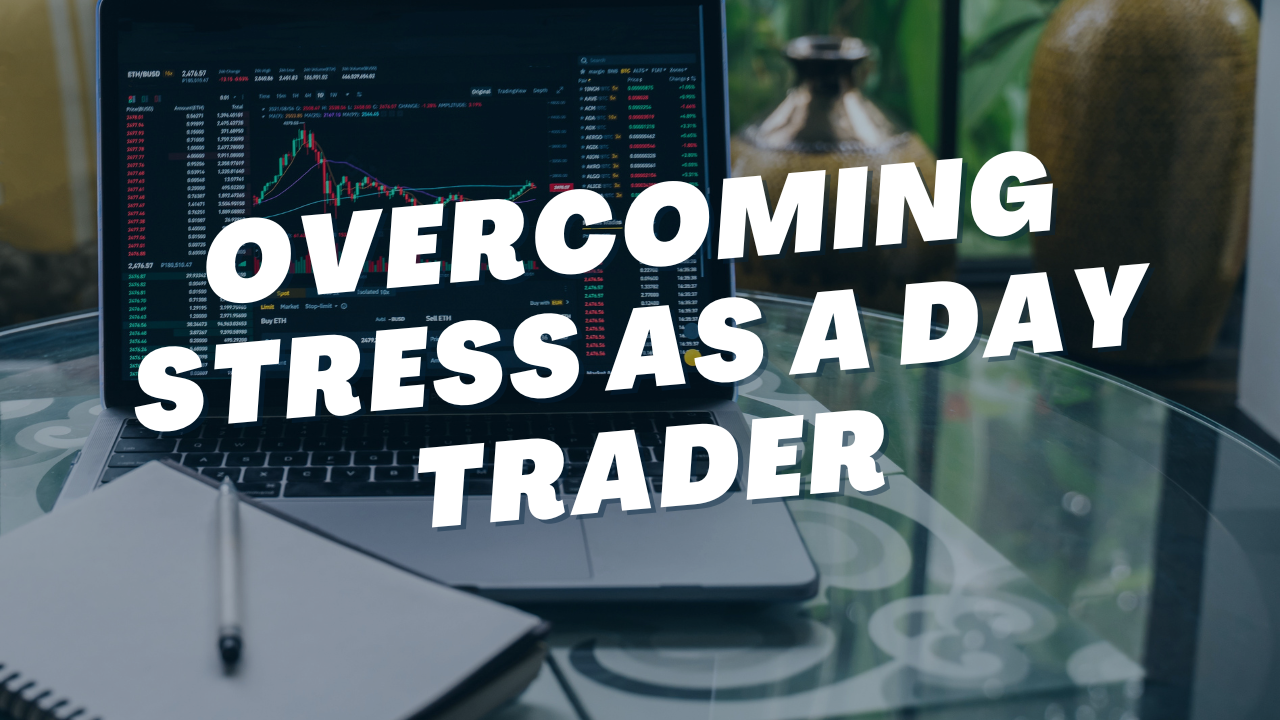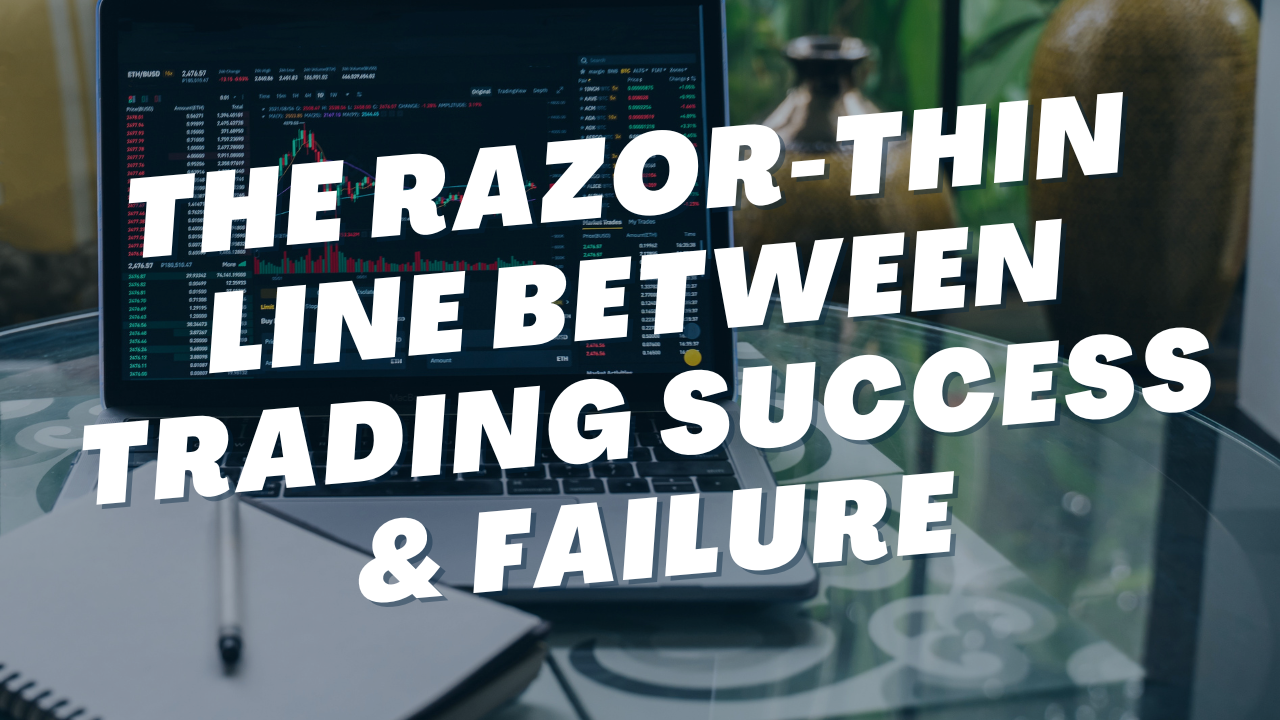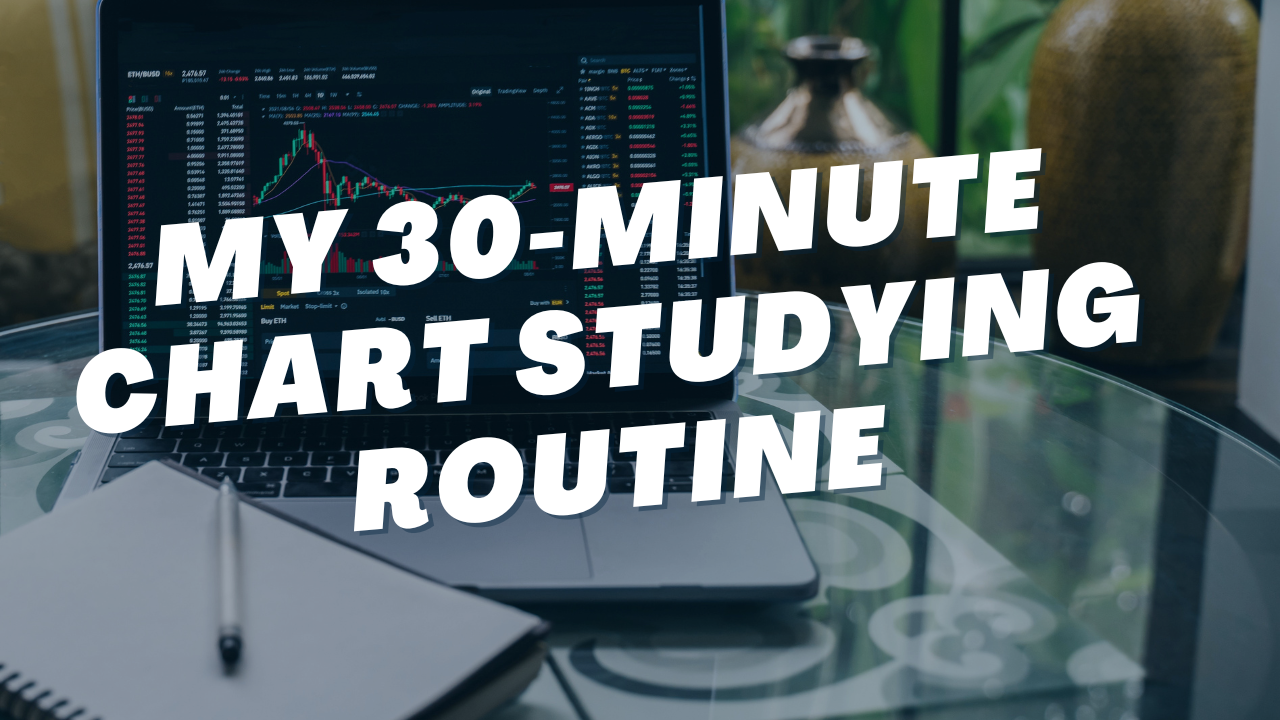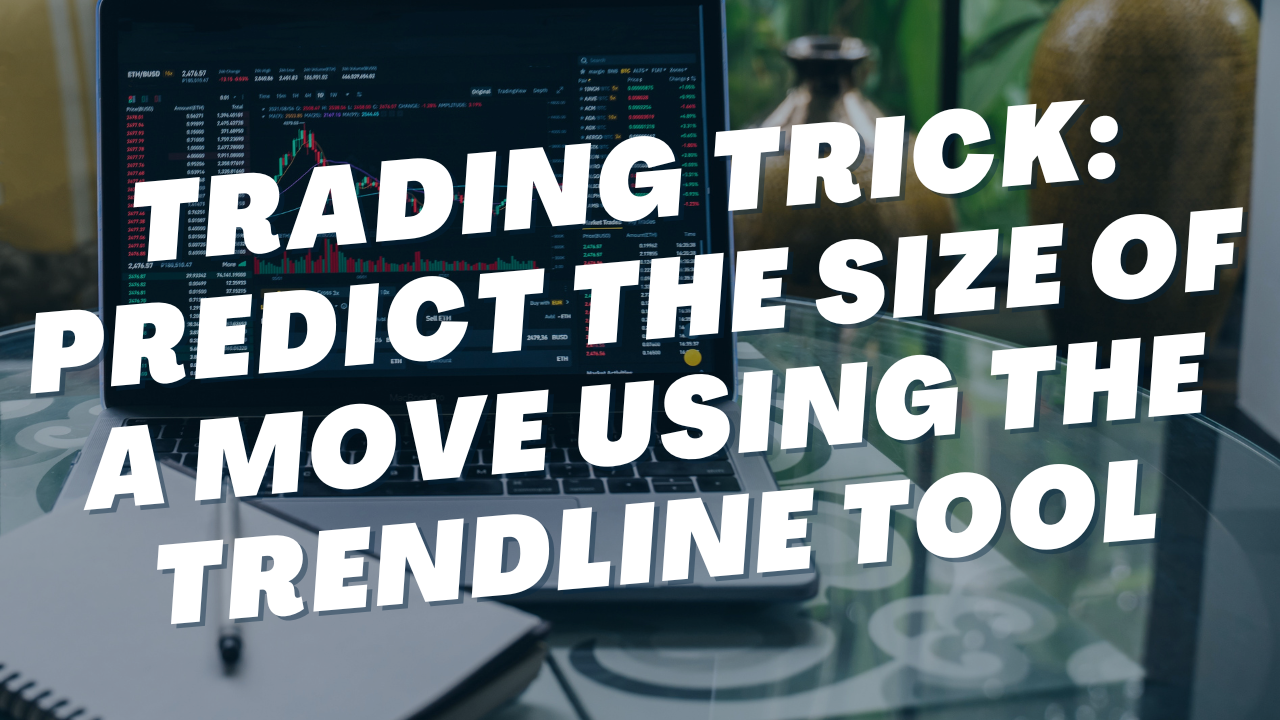Eric Evenstad
10 Must-Have Tools For Day Trading Success
Read Time: 5 Minutes
Last week we discussed the importance of a good screen setup. Now, let's switch gears to another critical aspect - trading toolkits.
My trading toolkit has evolved over the past 7 months, but I'll give you a peek into the tools that I currently rely on. I'll also share why I chose each tool and how it has helped me become a better trader.
Let's dive in.
1. ThinkorSwim: My Trading Command Center
ThinkorSwim is more than just a trading platform for me; it's the command center where I conduct detailed chart analysis, execute trades, backtest trading strategies, and fine tune my skills through paper trading. As a trading platform, ThinkorSwim offers everything a trader needs, and I highly recommend it.
2. TradeZella: Documenting My Trades
TradeZella has been a game changer for my trade journaling. It's where I meticulously log each trade and dissect my performance. This software helps me analyze my trading stats, revealing patterns and areas for improvement. It's a crucial part of my post-market review process, ensuring I learn from each trade. In next week's newsletter, I'll share why I chose TradeZella over other similar tools.
3. Google Sheets: My Data Analysis Hub
I use
Google Sheets to compile and analyze my trading statistics. It's where I break down my win rate for each trade setup, offering a clear picture of what's working and what isn't. This simple yet powerful tool allows me to make data-driven decisions, continually refining my trading strategy.
4. Notion: Mapping My Trading Goals and Learning Lessons
Notion is my go-to for goal setting, tracking progress, and notetaking. It's a versatile tool that helps me stay organized and focused on my trading objectives. Whether I'm documenting newly acquired knowledge or tracking my progress towards specific goals, Notion keeps everything streamlined and accessible.
5. Discord: Engaging with Fellow Traders
Trading can often feel isolating, but being part of a trading group on Discord brings a sense of community. Discord allows me to see how other traders interpret market movements, breaking me out of my bubble and ensuring I’m not developing tunnel vision. The key is to find a trading group or people within a trading group that have a similar trading strategy and mindset to yours. I've joined a couple of groups but my favorite has been "Wolves of Wealth". Whatever you do, don't blindly jump into trades that you see other people taking and don't let conflicting strategies derail you from your own trading approach.
6. YouTube: My Knowledge Library
YouTube has been a treasure trove of trading knowledge for me. From tutorials to expert advice, it's been a key resource in my self-education as a trader. Here's my advice: Find 2-3 channels/people that you resonate with and stick to their content. I've found that if you start following the advice of too many people, you'll start hopping from strategy to strategy, or you'll start combing different strategies that are not meant to be combined - both of which can result in disastrous outcomes.
7. Dual Monitors: Seeing the Market Clearly
Multiple computer monitors should be considered a must-have for every day trader. The added screen real estate allows you to analyze various aspects of the market simultaneously, enabling quicker, more informed decisions. Personally, I use a 49" Ultrawide Monitor (I recommend this one) combined with a
27" Acer Monitor. If you missed last week's newsletter, make sure you check it out because I shared exactly how I fill up all that screen space.
8. Moleskin Notebook: Capturing Intraday Thoughts & Plans
My Moleskin notebook is where I jot down my morning trade plan, document my trades throughout the day, and scribble any trading-related thoughts, ideas, or questions. I like using paper and pen because it is quickly accessible and the physical act of writing helps cement my plans and observations, making them more tangible and actionable.
9. A Simple Calculator: Crunching Numbers Quickly
A simple calculator might seem rudimentary, but it's essential for quick calculations related to risk management, trade sizing, and calculating profit targets. Even though most of my day-to-day calculations are very simple, I find that I'm more effective when I focus my brain power solely on trade planning and trade execution. And for the record, I'm not talking about your computer or phone's built-in calculator. I'm talking about an actual calculator that sits on your desk. You can
snag the one I use for less than $7.
10. Noise-Canceling Headphones: My Focus Enhancer
My noise-canceling headphones are crucial for maintaining focus during trading hours. They block out distractions, allowing me to concentrate fully on market movements and decision-making. They've also become an essential part of my mindfulness/meditation routines - which is a habit that I'd recommend for all new traders. I absolutely love Google's Pixel Buds Pro headphones but there are many other great options including Apple Airpods Pro and Bose Noise Cancelling Model 700 headphones.
There you have it. That's my complete trading toolkit as it stands today. I'm sure it'll change over time, but for now, these are the 10 tools that I rely on for my day trading activities. I hope sharing my toolkit inspires you to consider what tools might enhance your own trading experience.
Have a great week ahead,
Eric
Join the Day Trading Inner Circle
Follow along as I strive to become a profitable day trader. Every Sunday, I send out an email with my weekly trading stats plus the most important learning resources that I discovered that week. Drop your email in the box below to join the inner circle.
Home Newsletter Signup
We will get back to you as soon as possible.
Please try again later.
Previous Issues of Side Hustle Steroids
